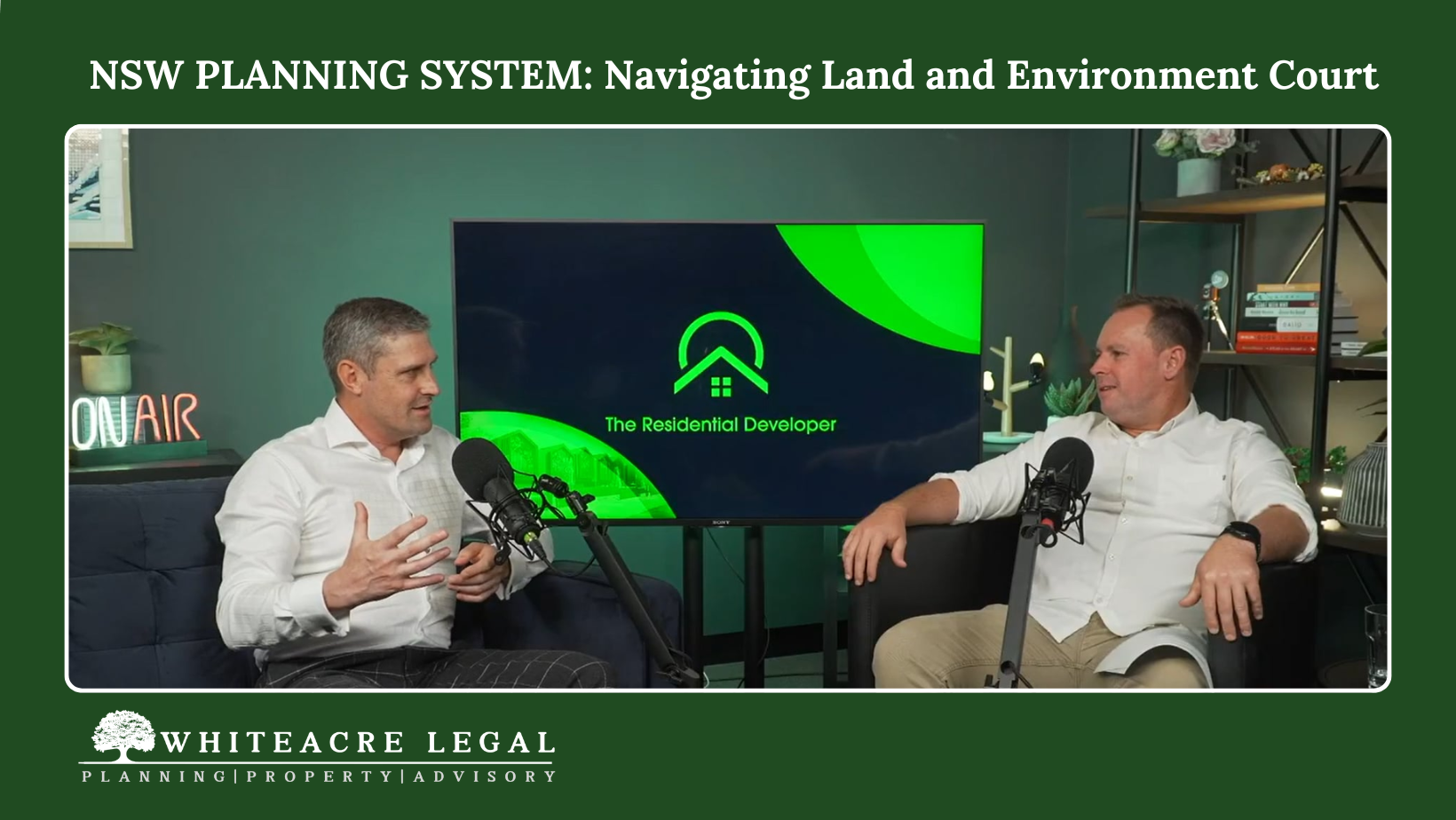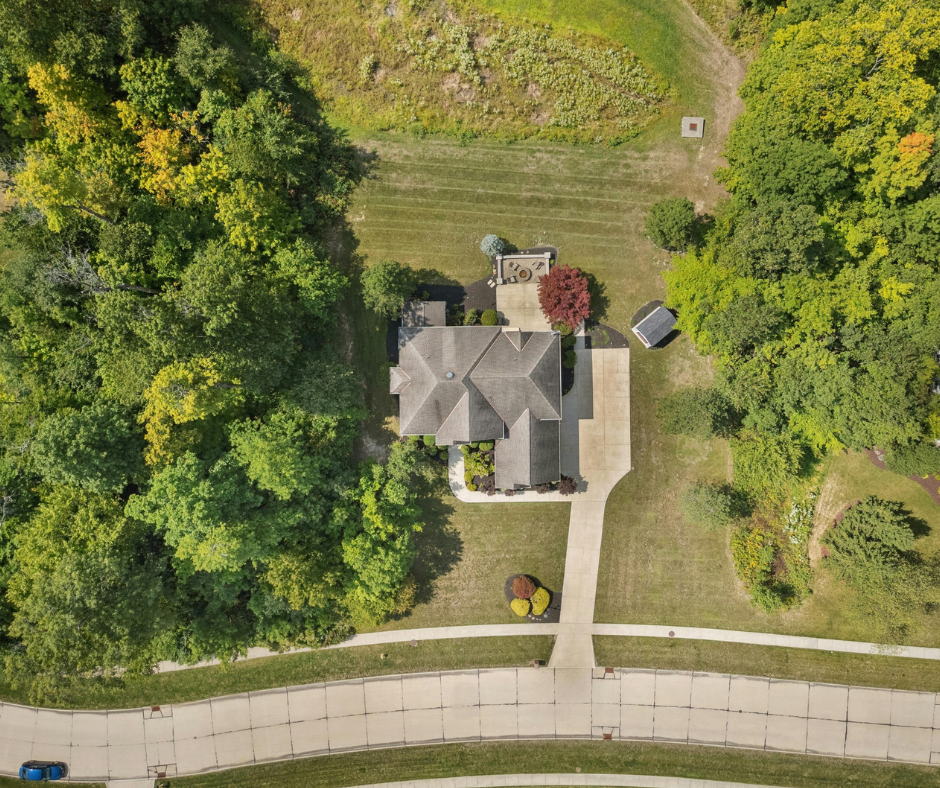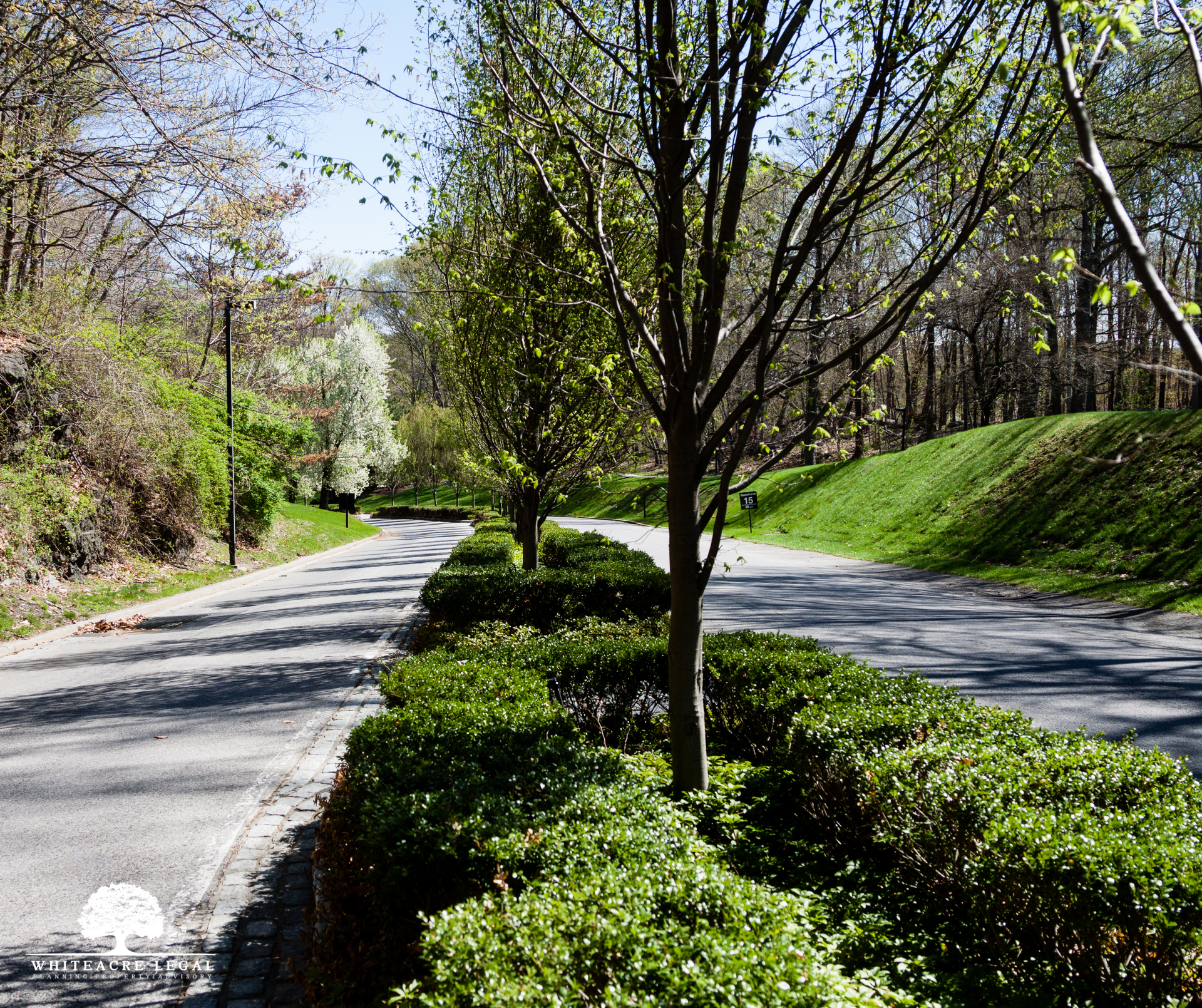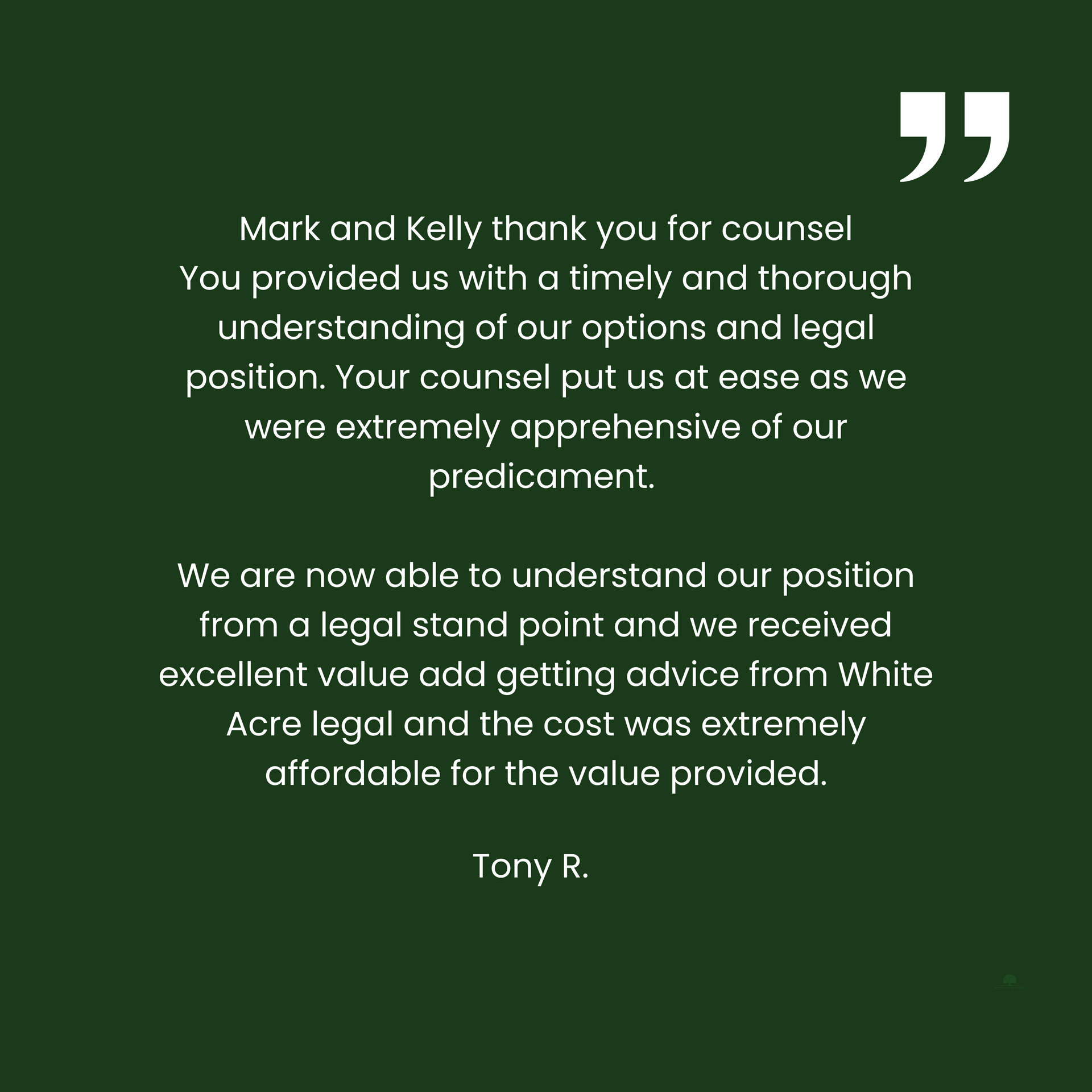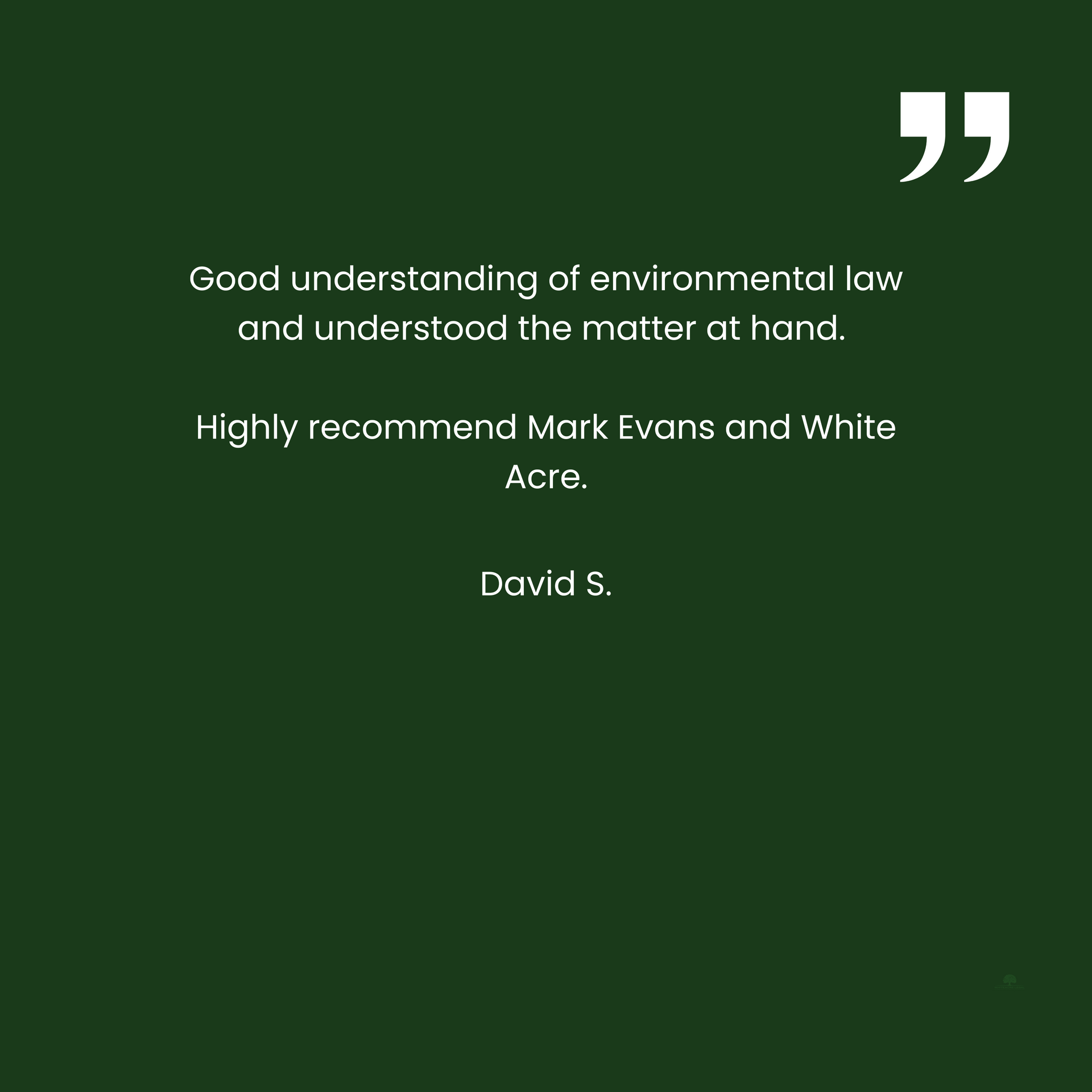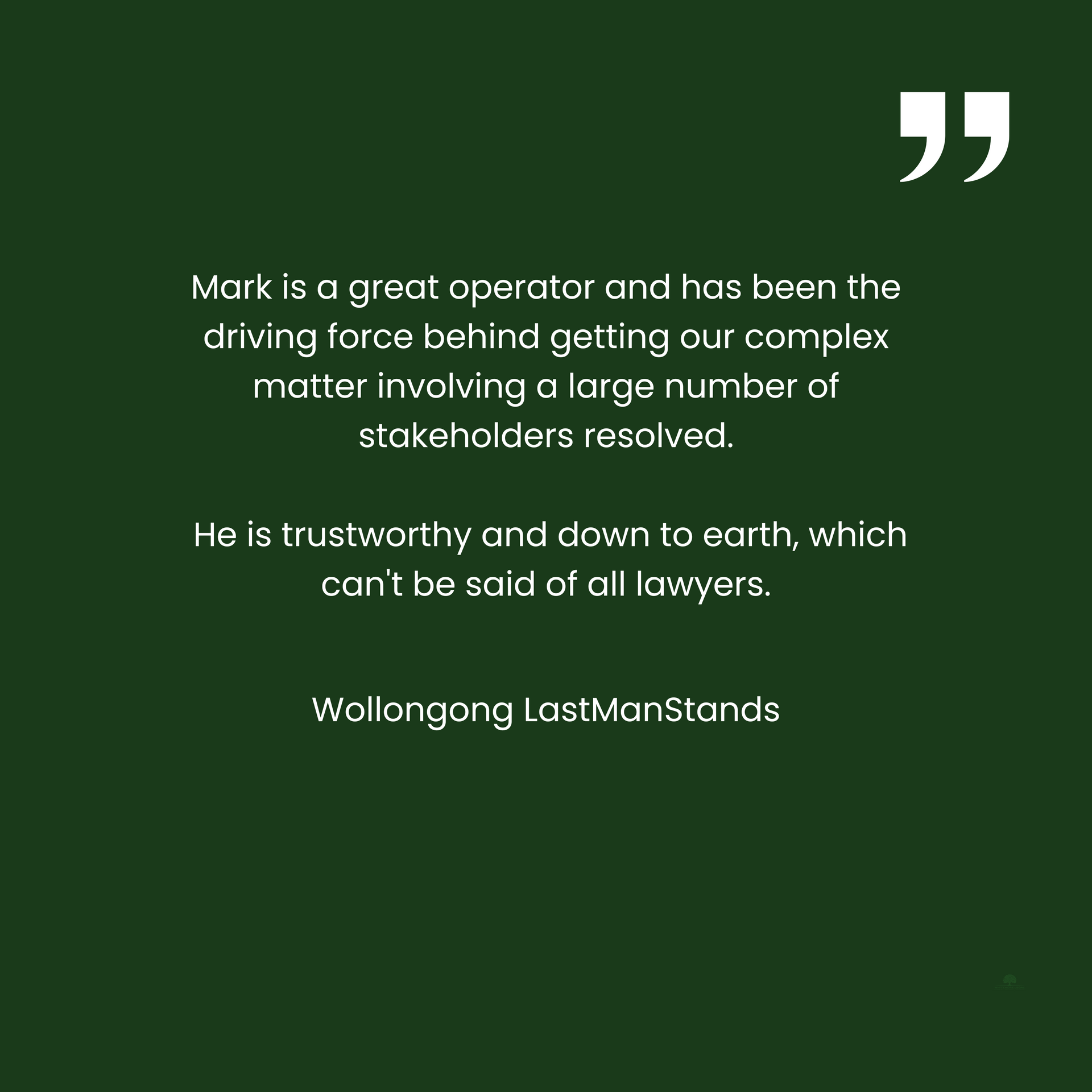Ownership of Council assets on private land
Public infrastructure like sewerage pipes and stormwater pipes were often constructed a long time ago with no development approval or accurate record keeping. Over time, these assets have remained in place and often the local council authority either has no record of the infrastructure or knowledge of the history of construction of the asset or its ownership. Ideally, Council would have an easement registered on title to the subject land. This can cause huge problems when seeking to develop land with old infrastructure emplaced within the subject site.
This article discusses historic public infrastructure in private land and the rights of landowners and Councils.
Introduction
Section 59A of the Local Government Act 1993 (LGA 1993) gives Councils the power to install and repair water supply, sewerage and stormwater drainage pipes on private land without an easement. The Council owns “all works of water supply, sewerage and stormwater drainage installed in or on land by the Council,” irrespective of whether the Council owns the land or not. The provision further outlines a right for Councils to access the land, without an easement, to “operate, repair, replace, maintain, remove, extend, expand, connect, disconnect, [or] improve” to ensure the efficiency of the works for the purpose of which they were installed.
The terms of s59A are similar to the terms of an easement and the overall effect of s59A is that the Council is granted a broad power to enter property, even that which is not owned by them, for the maintenance of pipes. Moreover, discretion is vested within the Council to decide when this is appropriate and necessary. This, however, comes with significant implications for property rights.
As noted above, the Council does not require an easement to conduct these works. The provision ensures that the Council retains control over water supply infrastructure, even if it is installed on private or non-council land. While not requiring an easement is beneficial for Councils as they can efficiently repair and maintain these systems, vested property rights are impacted by the Council’s ownership of the works. Importantly, this can affect the property owner’s use and enjoyment of the land.
Landowners may have no idea the infrastructure is located on their land because it may not appear on a title search. s59A states that it is one of the exemptions to indefeasibility of title under s 42 of the Real Property Act 1900.
It is important to understand the scope and extent of section 59A and how it can influence your property rights. This was discussed in a recent case before the New South Wales Land and Environment Court, Lismore City Council v Gurpal Kaur Singh [2021] NSWLEC 49.
Case Law
Lismore City Council v Gurpal Kaur Singh [2021] NSWLEC 49
Facts
The Lismore City Council (Council) intended to carry out “sewer renewal works” on Gurpal Kaur Singh’s (Respondent) property, and those neighbouring it. These works included decommissioning an existing sewer line and installing a separate sewer pipe in a different part of the property, as well as the digging of a trench to connect the house to the new pipes. The Respondent denied the Council entry to carry out the works.
The effect of the works would be to relocate the existing pipe to another position on the property. The landowners did not consent to the relocation of the pipe as it would interfere with the ongoing use of the land.
The Council, who own the existing pipes and other sewerage infrastructure per section 59A of LGA 1993, contended that the existing clay sewer pipes were not functioning efficiently and that maintenance was necessary to clear the pipe. The Respondent disputed the necessity of these works.
The Council’s proposal centred around the idea of decommissioning the existing pipe and installing a new pipe to converge with the functional part of the existing pipe. The works were scheduled to take three weeks to complete and the neighbouring properties had signed “Consent to Enter” declarations to allow the Council to carry out the works. The Respondent complained about past maintenance procedures on the existing pipes – namely, high pressure water cleaning – and objected to the proposed works.
The key issue for contention was whether the proposed works of the Council were capable of falling within the power vested in them by Section 59A(2) of the LGA 1993.
The Council argued that their proposed works should be characterised as works to “replace” its previous works, arguing that the provision should be read as a reference to the operational characteristics of the sewerage system, rather than the physical location of the works.
The Respondent opposed this submission, arguing that the proposed works could not constitute a replacement as the existing sewer pipe would remain on the property and the new one would be in a different location, further burdening the land.
Decision
Duggan J found that the Council’s proposed works were new works and did not “replace” the existing pipe, but rather install a second pipe in a different location on the Respondent’s property. It was found that, should the proposed works be completed, the Respondent would be burdened with two pipes in different locations on the property, which is a significant inconvenience to the use of the land.
As a matter of statutory construction, Duggan J stated that section 59A should be construed in a manner causing the least burden to the property owner and their rights. Here, this meant that the proposal would be considered a new work rather than a replacement, and that is a significant burden to the land.
Council’s summons was dismissed, and they were unable to carry out the proposed works.
Consideration
This case establishes that although the power vested in Councils regarding maintenance of the works under subsection (2) of s59A is broad, there are limitations to the works that Council can undertake on private land. These limitations are designed to protect the vested property rights of the landowner and minimise the disruption of the maintenance and installation of the water supply, sewerage and stormwater systems.
Regarding the scope and extent of the section, this judgment highlights that it does not bestow upon Councils the power to install new works at will, but rather allows them the right to maintain the works that they own, even on private lands. Furthermore, this judgment indicates that the section is to be read in a manner which ensures the least possible interference with the property rights of the landowner, which limits the power that Council has to undertake the works.
Key Takeaways
- Section 59A of LGA 1993 does not create a power to install new infrastructure, but rather to ensure continued ownership and use by Council.
- The section is to be construed in a manner that causes the least interference with vested property rights.
- The terms of s 59A are not directed to the operational purposes of the works but rather the physical infrastructure once constructed for that operational purpose (see [42]).
- As such, the section does not have as broad application as its wording would imply, and the Courts will take into consideration to effect on the use and enjoyment of the land and the landowners’ vested property rights.
- The section does not confer ‘unconstrained rights,’ and, hence, the scope and extent can be limited.
Disclaimer
The contents of this article are a general guide and intended for educational purposes only. Determination of the types of issues discussed in this article is complex and often varies from case to case and involves an understanding of matters of fact and degree. Opinions on those matters can vary and be matters on which reasonable minds may differ.
DO NOT RELY ON THIS ARTICLE AS A SUBSTITUTE FOR COMPETENT LEGAL ADVICE.
Require further assistance? please do not hesitate to call us on (02) 9145 0900 or make an enquiry below.
Browse by categories

Servicing all of NSW, Whiteacre provides expert property law and planning and environment law advice and assistance.
✓ Planning Law Advice
✓ Land and Environment Court Appeals
✓ Voluntary Planning Agreements and Contributions
✓ Development Control Orders and Enforcement
✓ Property Development Advice and Due Diligence
✓ Title Structuring
✓ Easements and Covenants
✓
Strata and Community Title legislation
Book an initial consultation through our website with our planning law solicitor. Whether it's about planning and environment law or property law, you can approach us and discuss your matter to make sure we are a good fit for your requirements.

